Tips for Solving Calculus Problems Efficiently

Struggling with college calculus? Learn how to solve calculus problems efficiently with these 10 expert tips, from mastering formulas to smart practice strategies.
Let’s be honest: math can feel like climbing a mountain without a map. You have limits, derivatives, integrals, and maybe even a headache just thinking about it. But what if it didn’t have to be hard to solve calculus problems? What if you could really get good at it?
Yes, you can. The good news is that there are ways to make answering calculus problems a lot easier, whether you’re just starting out in college calculus or attempting to get through midterms. This tutorial will give you useful, student-tested strategies to help you do calculus with confidence and speed.
1. Before you start adding up the numbers, be sure you understand the ideas.
The first rule is to never memorize something without comprehending it.
It’s not enough to just solve problems in calculus; you also need to know how things change. If you start solving equations without knowing why they are there, you will only get confused.
Why this is important:
- Limits show you what a function is getting closer to.
- Derivatives tell you how quickly something is changing.
- Integrals show you how much space is under a curve.
It’s like driving a car. Would you trust a motorist who knows how to spin the wheel but not how a road works? Most likely not. Calculus is the same way.
Tip: Take some time to learn the theory before you start solving puzzles. Use interactive tools like Desmos or GeoGebra, watch short films, or generate graphs. Seeing arithmetic in action helps you understand it better.
2. Solve the Problem One Step at a Time
Have you ever looked at a calculus problem and felt unsure where to begin? Many students face this when a task seems too dense or unfamiliar. The best way to handle such problems is to slow down and look at each part separately, because smaller steps make the logic clearer. Some learners also compare different solution methods to understand which approach feels more natural. When examples in textbooks are too short, it helps to review explanations that show how each rule works in context. That’s why students sometimes turn to structured guidance, especially when they want to see the full reasoning behind similar problems. In some cases, they explore math assignment help to understand how experts break down functions, limits, or derivatives in a simple way. After reviewing a clear explanation, it becomes easier to return to your own task and recognize which values matter and which rules apply. This approach builds confidence and helps you spot familiar patterns, making challenging calculus questions feel more manageable over time.
This is how to accomplish it:
- Find out what kind of problem it is: limit, derivative, or integral.
- Underline or emphasize essential values or functions.
- Write down what you already know and what you need to find.
- Use the right rules or formulas one step at a time.
For instance:
If someone asks you to compute the derivative of f(x) = (3x² + 2x)(x − 5), you should first see that it is the product of two functions. Then, use the product rule to find the answer.
Why it works:
By breaking each process down into smaller parts, you’re less likely to make mistakes and more likely to see patterns in difficulties that come up later.
3. Learn the basic formulas, but don’t go overboard.
You should know your formulas, so let’s get that straight.
But don’t just learn 50 different ones and hope for the best. Instead, focus on learning the basic formulas that you’ll use a lot.
Important Formulas to Focus On:
- Limit laws
- Power Rule: d/dx[xⁿ] = n·xⁿ⁻¹
- Rules for products and quotients
- Chain rule
- Basic integrals (∫xⁿ dx = xⁿ⁺¹ / (n+1) + C)
Bonus Tip:
Make a cheat sheet with pictures next to each formula. Use colors, drawings, or examples from actual life. When you understand the chain rule, for example, think of “unwrapping a gift inside a gift”.
4. Don’t just practice — do it with a purpose.
We can all relate to this: doing 30 practice problems and still feeling stuck. What’s the problem? Without thinking about it, doing the same thing over and over again is like spinning your wheels.
Instead, try to practice on purpose.
Practice in a smarter way:
- Start with simple problems to boost your confidence.
- As you feel more comfortable, make things harder little by little.
After every problem, ask yourself:
- What made it hard?
- Did I use the proper plan?
- What would I change next time?
Also, try to mix up the kinds of problems you work on. This is called interleaved practice, and it helps your brain learn to spot patterns more quickly.
It’s like going to the gym. Doing 50 reps with bad form won’t help, but doing 10 focused reps with good form will.
5. Use tools and resources wisely, but don’t rely on them.
There is a lot of aid available online for addressing calculus difficulties. But here’s the trick: don’t rely on these tools; use them as a guide.
Things That Can Help:
- Wolfram Alpha — for checking work
- Symbolab or Mathway — step-by-step solutions
- YouTube channels: 3Blue1Brown, Krista King, Professor Leonard
- Online graphing tools for visualization
A Warning:
Using tools to do your homework can save time now, but it will hurt you on tests.
Try this instead:
- Solve it on your own.
- Use a tool to check.
- If wrong, compare the steps and learn.
Extra tips for quickly solving calculus problems on tests
Put Easy Wins First
Start with problems you immediately recognize. Build momentum and save time for harder tasks. Don’t get stuck for 15 minutes on question one.
Keep a List of Mistakes
Yes, it sounds boring, but it works.
Every time you make a mistake, write down:
- What went wrong
- The correct method
- A note on how to avoid it
Over time, you’ll see patterns and stop repeating the same errors.
In the end, you can be good at calculus.
Being good at calculus isn’t about being naturally good at math. It’s about using smart techniques, practicing intentionally, and understanding core ideas.
If you think of calculus as learning a language — with grammar (formulas), vocabulary (concepts), and conversations (problems) — then every practice session gets you closer to fluency.
Don’t give up. With the right mindset and these strategies, you’ll solve calculus problems faster and with more confidence than before.
Frequently Asked Questions
What is a growing pattern?
A growing pattern in mathematics refers to a sequence where each term increases according to a specific rule or formula. In the context of calculus, understanding growing patterns can be crucial when dealing with sequences and series, a topic that often explores how patterns grow and accumulate over time. To tackle such calculus problems efficiently, it’s essential to identify the rule governing the growth of the sequence, which can help in finding limits or sums of series. For students working on these concepts, practicing with examples of arithmetic sequences and geometric sequences can provide a solid foundation in recognizing and applying these patterns successfully.
How do you add and subtract mixed fractions?
To add or subtract mixed fractions, first convert each mixed fraction into an improper fraction, where the numerator (top number) is greater than the denominator (bottom number). For instance, to convert 1 2/3 into an improper fraction, multiply the whole number by the denominator (1*3), add the numerator (3+2), resulting in 5/3. Then, ensure both fractions have the same denominator before adding or subtracting the numerators. Finally, simplify the fraction if possible. This process requires understanding and applying basic fraction concepts, similar to building foundational knowledge in calculus as discussed in the context of efficiently solving calculus problems.
What is a quantitative formula?
A quantitative formula is a mathematical expression that quantitatively describes a relationship between variables. For example, in calculus, formulas like the derivative of a function (which calculates the rate of change) or the definite integral (which calculates the area under a curve) are crucial for solving problems efficiently. Understanding these formulas not only helps in accurately computing answers but also in deeply understanding the concepts being studied. This approach is particularly important in subjects like calculus, where conceptual clarity can significantly enhance problem-solving speed and accuracy. For more specific examples and problem-solving tips, you can explore foundational calculus concepts here.
Related to This Article
More math articles
- Number Properties Puzzle – Challenge 20
- Geometry Puzzle – Challenge 68
- Number Properties Puzzle -Critical Thinking 5
- Using a Table to Write down a Two-Variable Equation
- Algebra Puzzle – Challenge 53
- 6th Grade MEAP Math Practice Test Questions
- Tri-Fractional Operations: How to Add and Subtract Three Fractions with Different Denominators
- Proportional Predictions: How to Use Proportions to Estimate Population Size
- 10 Most Common 3rd Grade OST Math Questions
- How to Simplify Polynomial Expressions? (+FREE Worksheet!)
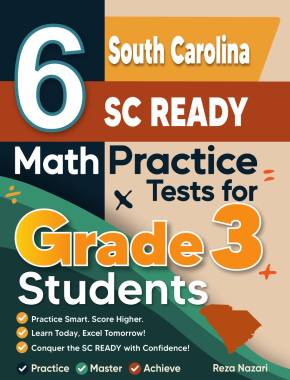

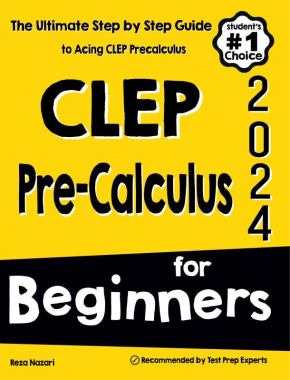

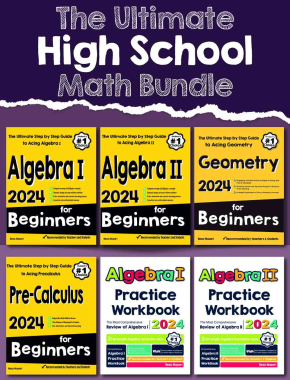
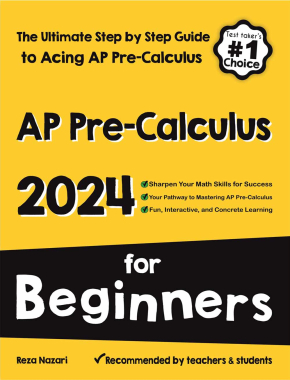

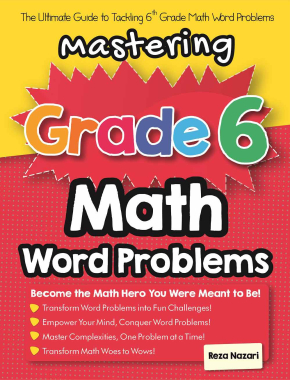
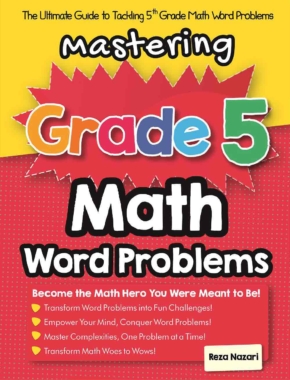
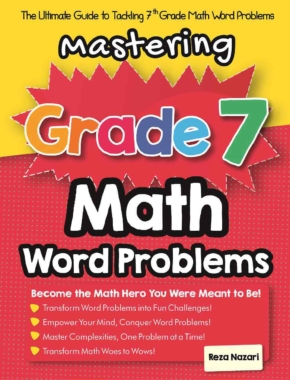

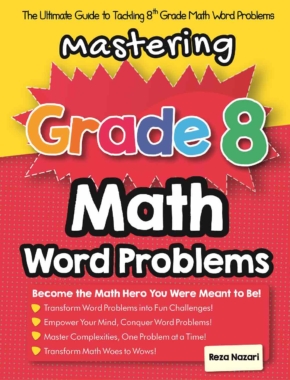
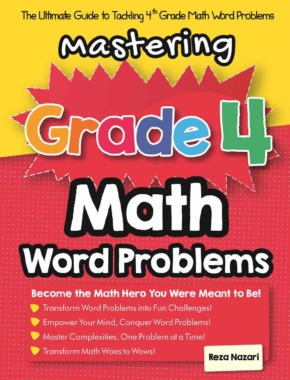






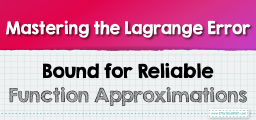




What people say about "Tips for Solving Calculus Problems Efficiently - Effortless Math: We Help Students Learn to LOVE Mathematics"?
No one replied yet.